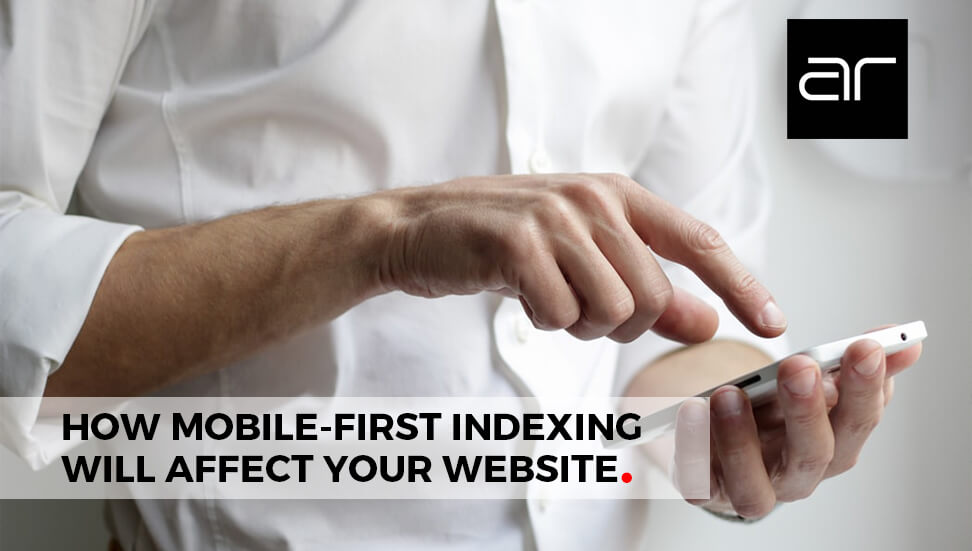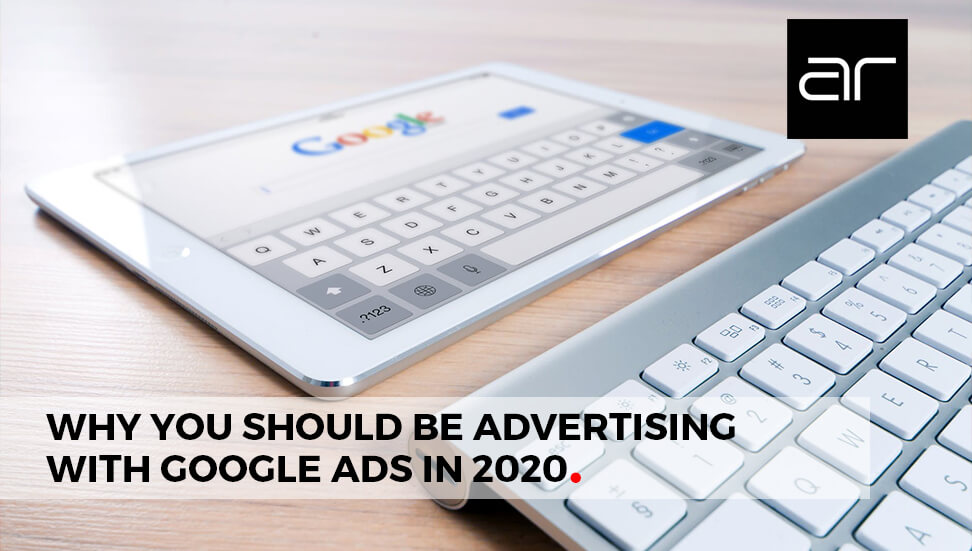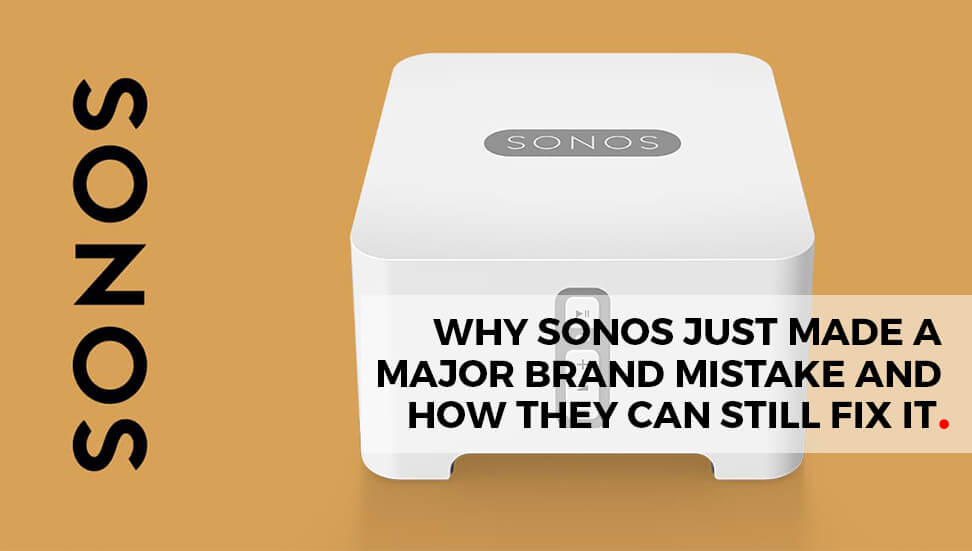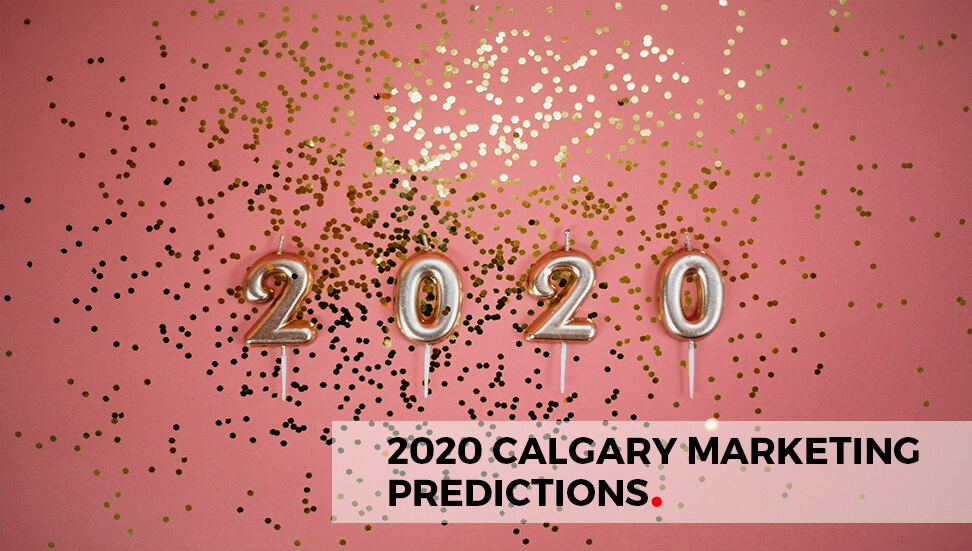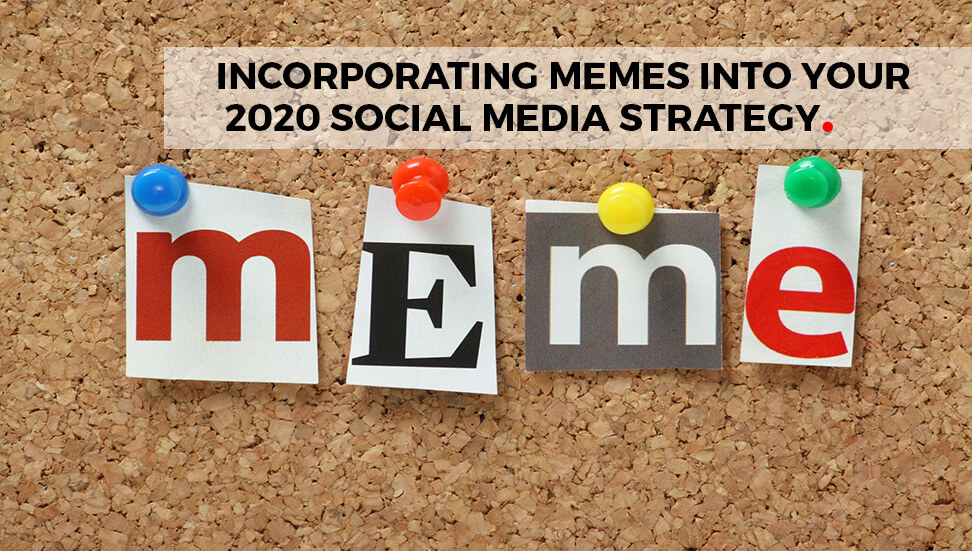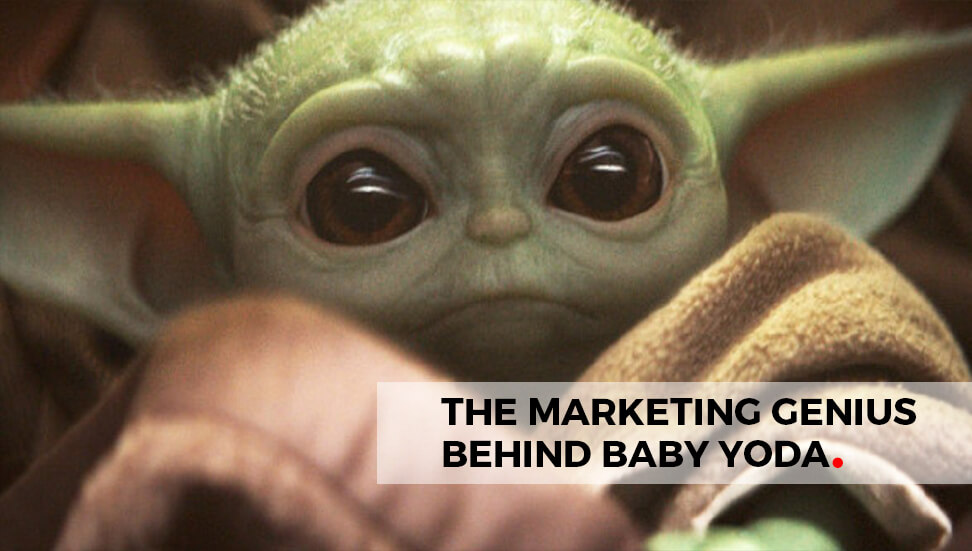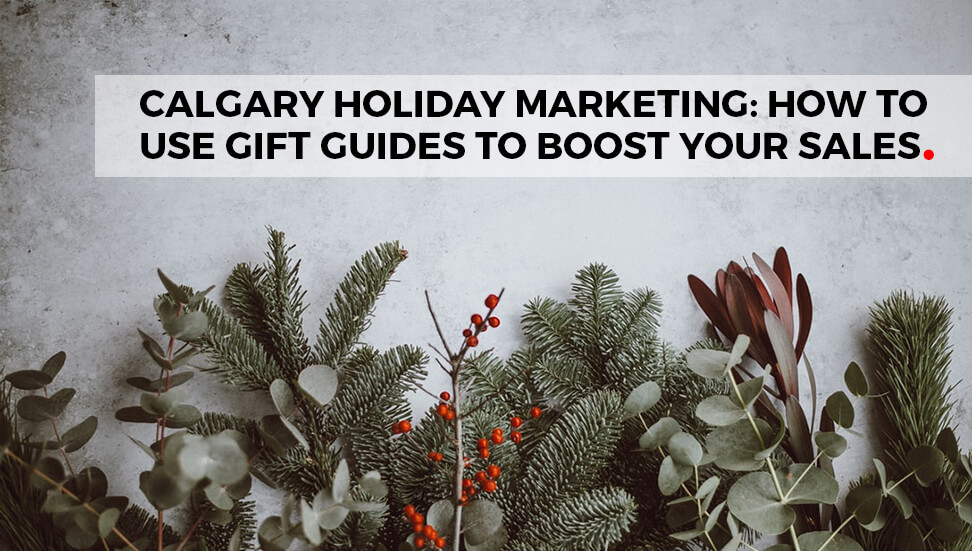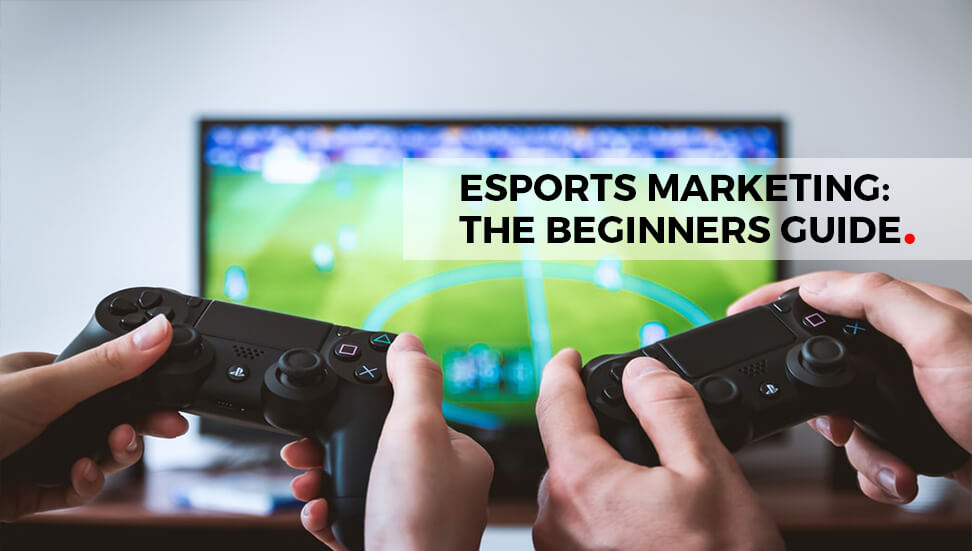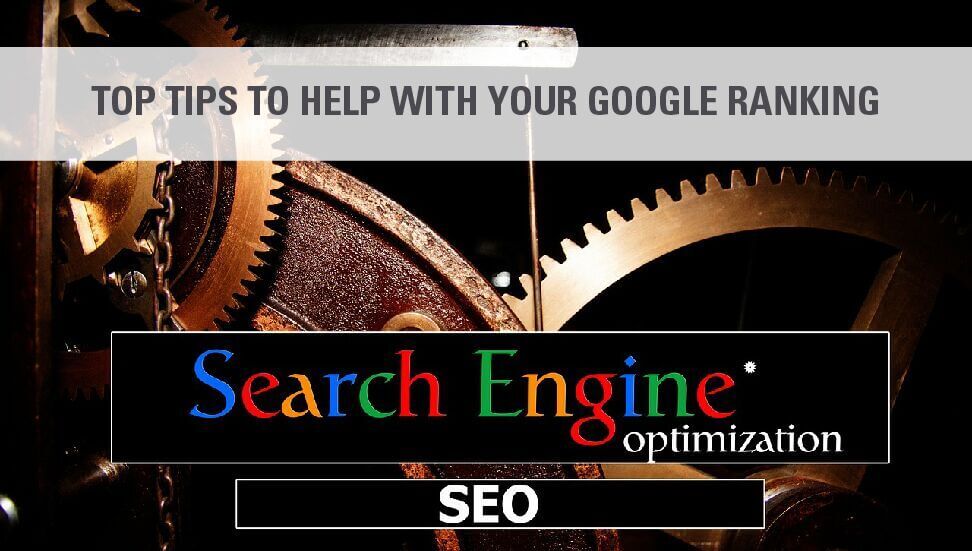Top Tips to Help with Your Google Ranking
Having a top Google ranking in search results is driven by machines, so factors such as content relevance and user intent are really important – but hard to work around. Keywords and links on a website are static factors of the past that used to be the driving force for high Google ranking, but to be more successful in the future, Google rankings are what you really want to set as your digital marking goal.
In 2016 the annual Searchmetrics ranking factor report was based on an analysis result for 10,000 keywords through Google. The researchers examined which web pages were presented in the top 10 mobile and desktop result for each of those 10,000 keywords. Then they determined which factors correlated to a higher ranking.
Brian Dean wrote an article called “Google’s 200 ranking factors: the complete list” that gives 200 great tips on how to get better rankings on Google which he has divined from some big names in the industry. It really is an amazing list of tips!
Here are his top points:
1. Domain Age:
In this video, Matt Cutts states that:
“The difference between a domain that’s six months old versus one-year-old is really not that big at all.”
In other words, they do use domain age…but it’s not very important.
2. Keyword Appears in Top Level Domain:
Doesn’t give the boost that it used to give your Google ranking, but having your keyword in the domain still acts as a relevancy signal. After all, they still bold keywords that appear in a domain name.
3. Keyword As First Word in Domain:
A domain that starts with their target keyword has an edge over sites that doesn’t don’t have the keyword in their domain or have the keyword in the middle or end of their domain.
A domain that starts with their target keyword has an edge over sites that either don’t have the keyword in their domain or have the keyword in the middle or end of their domain.
4. Domain registration length:
A Google patent states:
“Valuable (legitimate) domains are often paid for several years in advance, while doorway (illegitimate) domains rarely are used for more than a year. Therefore, the date when a domain expires in the future can be used as a factor in predicting the legitimacy of a domain.”
5. Keyword in Subdomain Name:
Moz’s 2011 panel agreed that a keyword appearing in the subdomain can boost Google ranking.
6. Domain History:
A site with volatile ownership (via whois) or several drops may tell Google to “reset” the site’s history, negating links pointing to the domain.
7. Exact Match Domain:
EMDs may still give you an edge…if it’s a quality site. But if the EMD happens to be a low-quality site, it’s vulnerable to the EMD update.
8. Public vs. Private WhoIs:
Private WhoIs information may be a sign of “something to hide”. Matt Cutts is quoted as stating at Pubcon 2006:
“…When I checked the whois on them, they all had “whois privacy protection service” on them. That’s relatively unusual. …Having whois privacy turned on isn’t automatically bad, but once you get several of these factors all together, you’re often talking about a very different type of webmaster than the fellow who just has a single site or so.”
9. Penalized WhoIs Owner:
If Google identifies a particular person as a spammer it makes sense that they would scrutinize other sites owned by that person.
10. Country TLD extension:
Having a Country Code Top Level Domain (.cn, .pt, .ca) helps the site rank for that particular country…but limits the site’s ability to rank globally.
11. Keyword in Title Tag:
The title tag is a webpage’s second most important piece of content (besides the content of the page) and therefore sends a strong on-page SEO signal.
12. Title Tag Starts with Keyword:
According to Moz data, title tags that starts with a keyword tend to perform better than title tags with the keyword towards the end of the tag.
13. Keyword in Description Tag:
Another relevancy signal. Not especially important now, but still makes a difference.
14. Keyword Appears in H1 Tag:
H1 tags are a “second title tag” that sends another relevancy signal to Google, according to results from this correlation study.
15. Keyword is Most Frequently Used Phrase in Document:
Having a keyword appear more than any other likely acts as a relevancy signal.
16. Content Length:
Content with more words can cover a wider breadth and are likely preferred to shorter superficial articles. SERPIQ found that content length correlated with SERP position.
17. Keyword Density:
Although not as important as it once was, keyword density is still something Google uses to determine the topic of a web page. But going overboard can hurt you.
18. Latent Semantic Indexing Keywords in Content (LSI):
LSI keywords help search engines extract meaning from words with more than one meaning (Apple the computer company vs. the fruit). The presence/absence of LSI probably also acts as a content quality signal.LSI Keywords in Title and Description Tags: As with
19. LSI Keywords in Title and Description Tags:
As with web page content, LSI keywords in page meta tags probably help Google discern between synonyms. May also act as a relevancy signal.
20. Page Loading Speed via HTML:
Both Google and Bing use page loading speed as a ranking factor. Search engine spiders can estimate your site speed fairly accurately based on a page’s code and file size.
21. Duplicate Content:
Identical content on the same site (even slightly modified) can negatively influence a site’s search engine visibility.
22. Rel=Canonical:
When used properly, use of this tag may prevent Google from considering pages duplicate content.
23. Page Loading Speed via Chrome:
Google may also use Chrome user data to get a better handle on a page’s loading time as this takes into account server speed, CDN usage and other non-HTML-related site speed signals.
24. Image Optimization:
Images on a page send search engines important relevancy signals through their file name, alt text, title, description, and caption.
25. Recency of Content Updates:
Google Caffeine update favors recently updated content, especially for time-sensitive searches. Highlighting this factor’s importance, Google shows the date of a page’s last update for certain pages.
26. Magnitude of Content Updates:
The significance of edits and changes is also a freshness factor. Adding or removing entire sections is a more significant update than switching around the order of a few words.
27. Historical Updates Page Updates:
How often has the page been updated over time? Daily, weekly, every 5-years? The frequency of page updates also plays a role in freshness.
28. Keyword Prominence:
Having a keyword appear in the first 100-words of a page’s content appears to be a significant relevancy signal.
29. Keyword in H2, H3 Tags:
Having your keyword appear as a subheading in H2 or H3 format may be another weak relevancy signal. Moz’s panel agrees.
30. Keyword Word Order:
An exact match of a searcher’s keyword in a page’s content will generally rank better than the same keyword phrase in a different order. For example: consider a search for: “cat shaving techniques”. A page optimized for the phrase “cat shaving techniques” will rank better than a page optimized for “techniques for shaving a cat”. This is a good illustration of why keyword research is really, really important.
31. Outbound Link Quality:
Many SEOs think that linking out to authority sites helps send trust signals to Google.
32. Outbound Link Theme:
According to Moz, search engines may use the content of the pages you link to as a relevancy signal. For example, if you have a page about cars that links to movie-related pages, this may tell Google that your page is about the movie Cars, not the automobile, leading to your google ranking being affected.
33. Grammar and Spelling:
Proper grammar and spelling is a quality signal, although Cutts gave mixed messages in 2011 on whether or not this was important.
34. Syndicated Content:
Is the content on the page original? If it’s scraped or copied from an indexed page it won’t rank as well as the original or end up in their Supplemental Index.
35. Helpful Supplementary Content:
According to a now-public Google Rater Guidelines Document, helpful supplementary content is an indicator of a page’s quality (and therefore, Google ranking). Examples include currency converters, loan interest calculators and interactive recipes.
36. Number of Outbound Links:
Too many dofollow OBLs may “leak” PageRank, which can hurt that page’s rankings.
37. Multimedia:
Images, videos, and other multimedia elements may act as a content quality signal.
38. Number of Internal Links Pointing to Page:
The number of internal links to a page indicates its importance relative to other pages on the site.
39. Quality of Internal Links Pointing to Page:
Internal links from authoritative pages on your domain have a stronger effect than pages with no or low PR.
40. Broken Links:
Having too many broken links on a page may be a sign of a neglected or abandoned site. The Google Rater Guidelines Document uses broken links as one was to assess a homepage’s quality.
41. Reading Level:
There’s no doubt that Google estimates the reading level of web pages. In fact, Google used to give you reading level stats.
But what they do with that information is up for debate. Some say that a basic reading level will help you rank better because it will appeal to the masses. But others associate a basic reading level with content mills like Ezine Articles.
42. Affiliate Links:
Affiliate links themselves probably won’t hurt your Google ranking. But if you have too many, Google’s algorithm may pay closer attention to other quality signals to make sure you’re not a “thin affiliate site”.
43. HTML errors/W3C validation:
Lots of HTML errors or sloppy coding may be a sign of a poor quality site. While controversial, many in SEO think that WC3 validation is a weak quality signal.
44. Page Host’s Domain Authority:
All things being equal, a page on an authoritative domain will rank higher than a page on a domain with less authority.
45. Page’s PageRank:
Not perfectly correlated. But in general, higher PR pages tend to rank better than low PR pages when it comes to your Google ranking.
46. URL Length:
Search Engine Journal notes that excessively long URLs may hurt search visibility.
47. URL Path:
A page closer to the homepage may get a slight authority boost.
48. Human Editors:
Although never confirmed, Google has filed a patent for a system that allows human editors to influence the SERPs.
49. Page Category:
The category the page appears on is a relevancy signal. A page that’s part of a closely related category should get a relevancy boost compared to a page that’s filed under an unrelated or less related category.
50. WordPress Tags:
Tags are a WordPress-specific relevancy signal. According to Yoast.com:
“The only way it improves your SEO is by relating one piece of content to another, and more specifically a group of posts to each other.”
We really wanted to post them all as they are all very applicable and relevant to working with the Google bots to get the rank you want, but the real magic began after he listed 200 – the five freebies are brilliant!
200. Selling Links:
Selling links can definitely impact toolbar PageRank and may hurt your search visibility.
201. Google Sandbox:
New sites that get a sudden influx of links are sometimes put in the Google Sandbox, which temporarily limits search visibility.
202. Google Dance:
The Google Dance can temporarily shake up your Google ranking. According to a Google Patent, this may be a way for them to determine whether or not a site is trying to game the algorithm.
203. Disavow Tool:
Use of the Disavow Tool may remove a manual or algorithmic penalty for sites that were the victims of negative SEO.
204. Reconsideration Request:
A successful reconsideration request can lift a penalty.
205. Temporary Link Schemes:
Google ranking has (apparently) caught onto people that create — and quickly remove — spammy links. Also known as a temporary link scheme.
Not figured out how to ‘wow’ Google bots with your content? With Brian’s help you could get the Google ranks you want.


